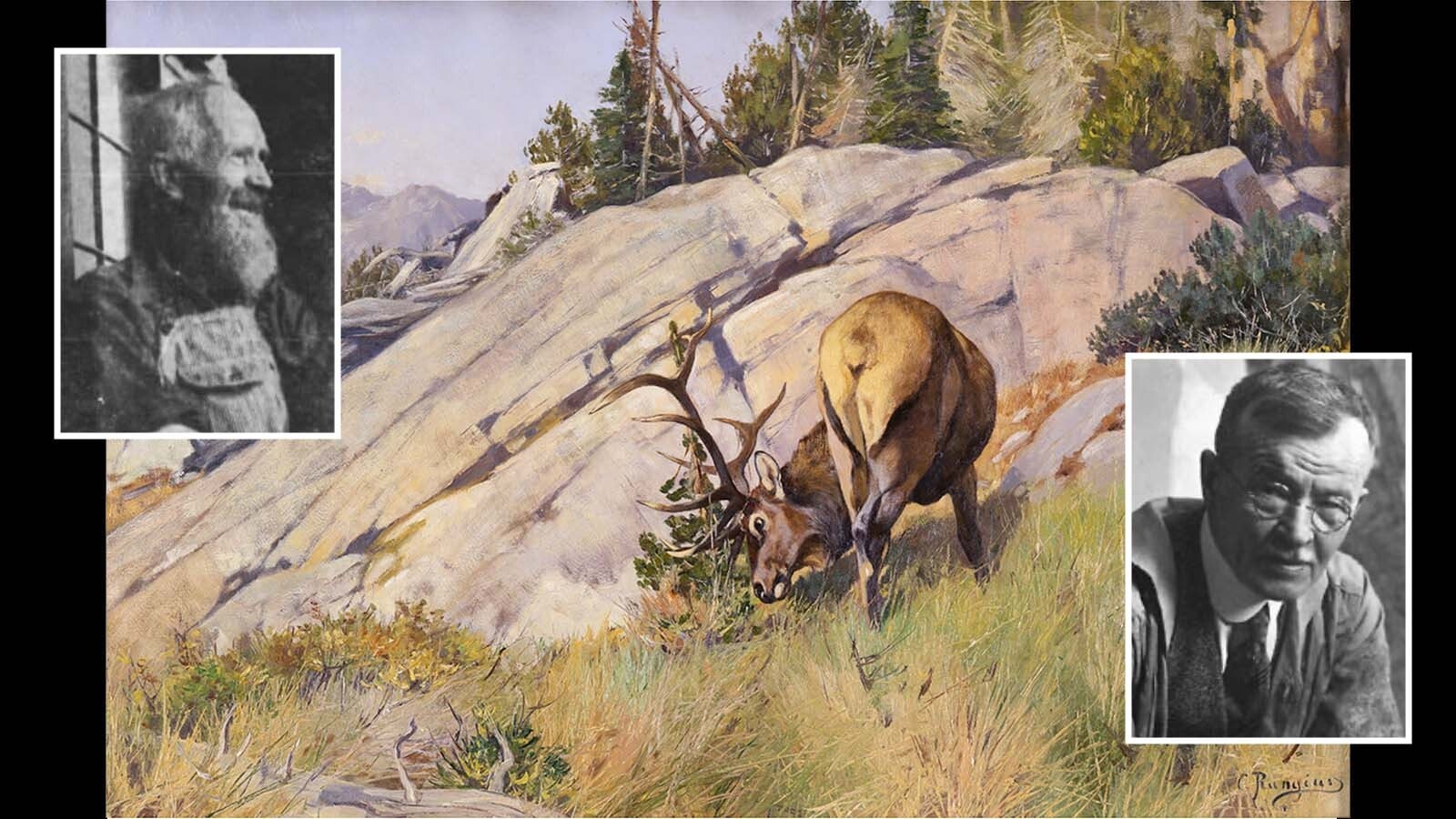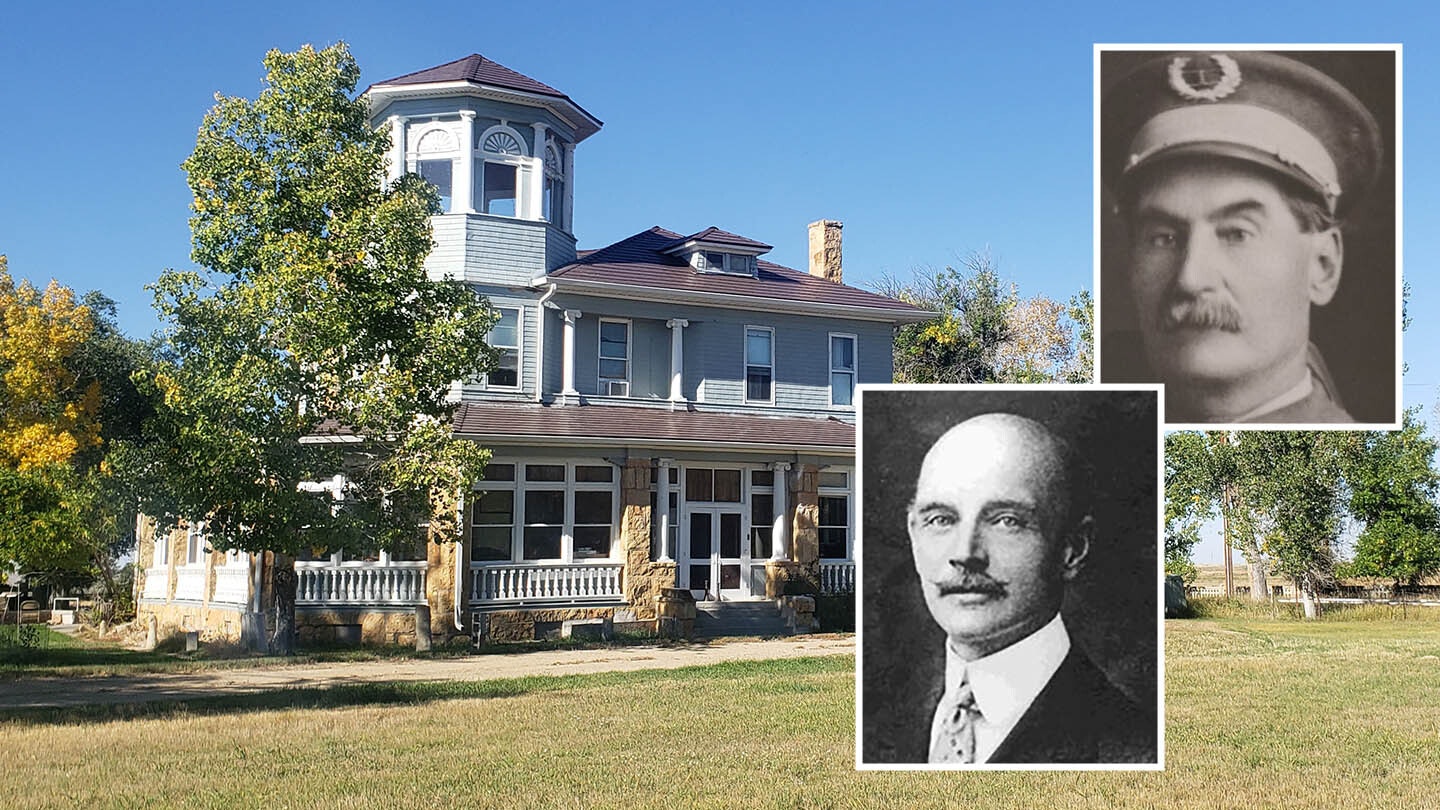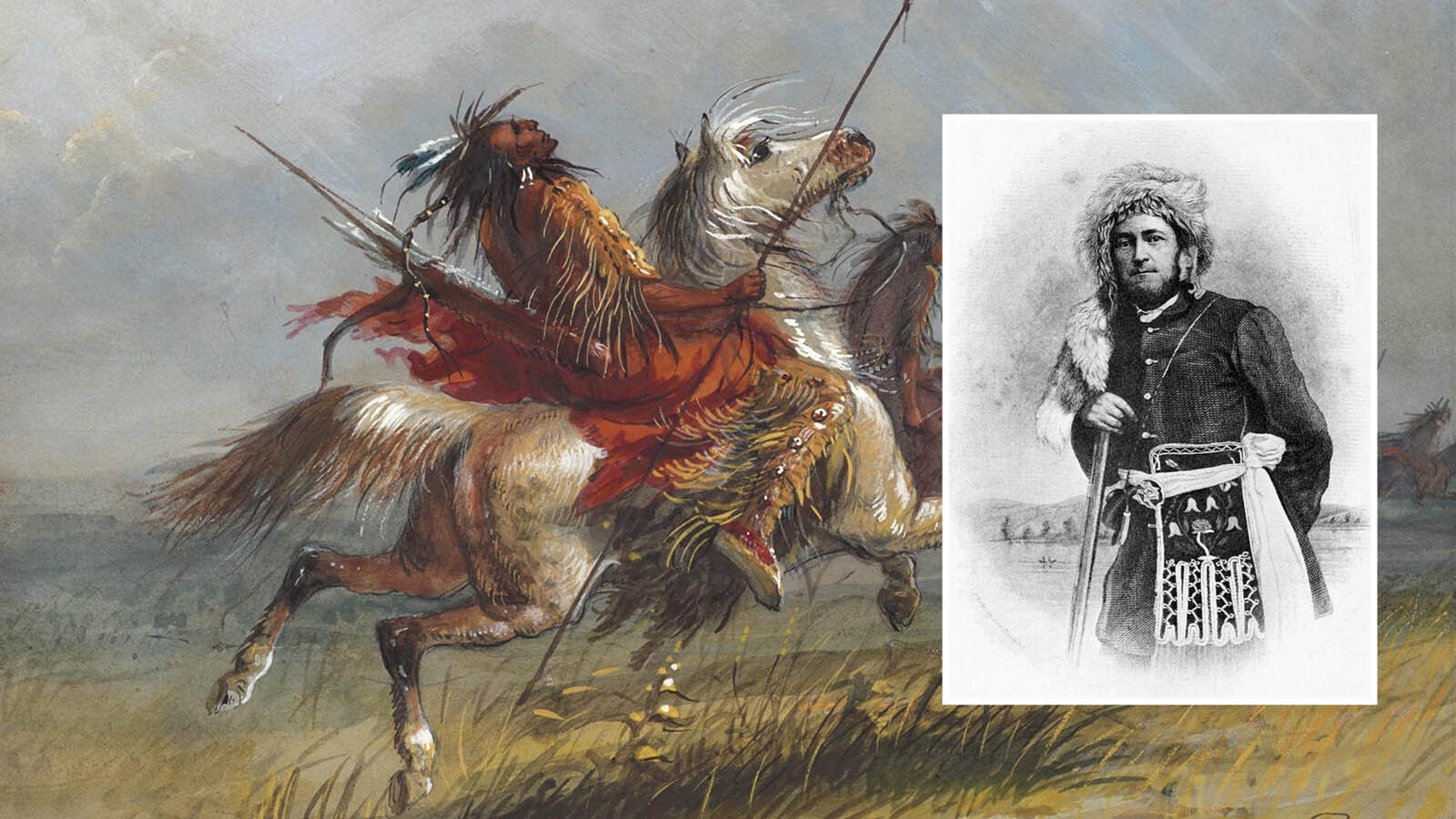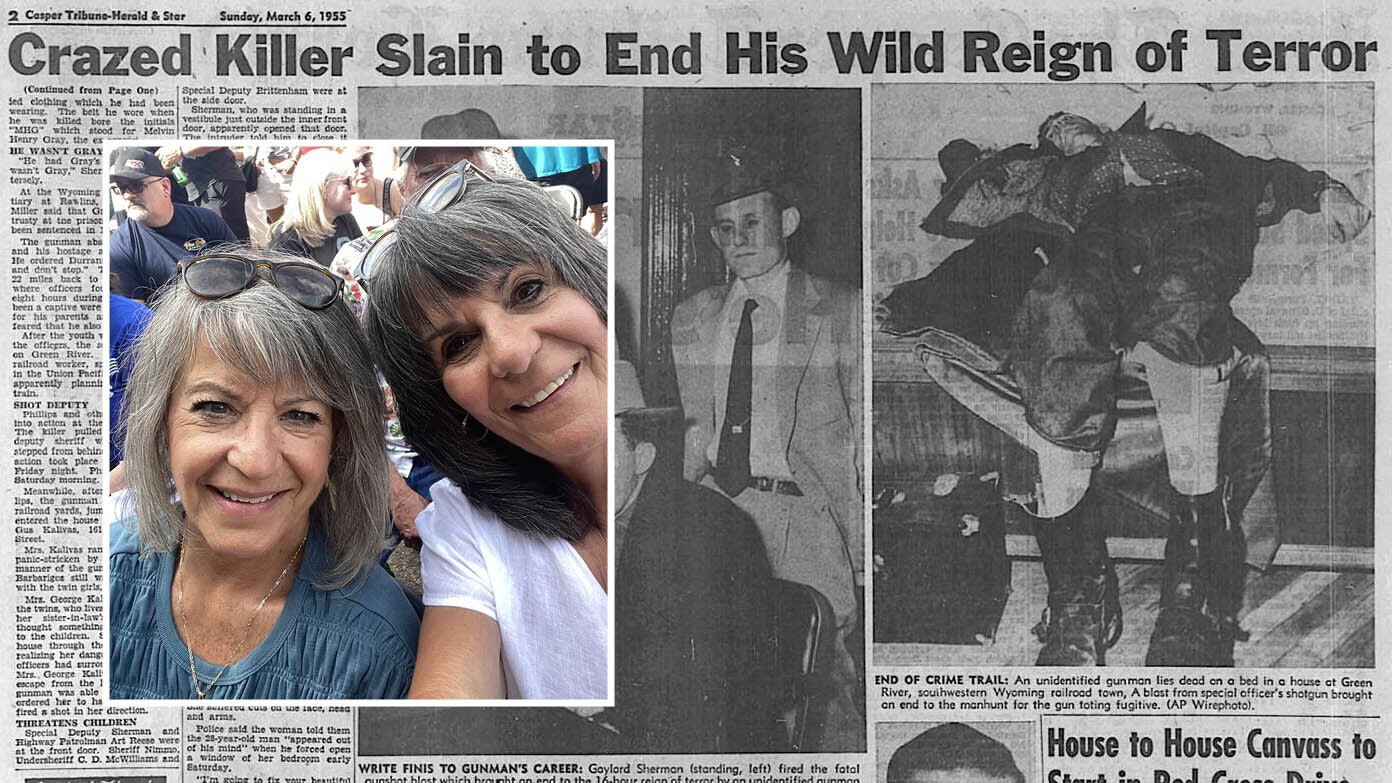It was January 10, 1917. War was raging in Europe, and the United States was just weeks away from entering the conflict.
Woodrow Wilson was about to embark on his second term as president after barely defeating his opponent, Charles Evans Hughes, in the November election.
General John J. (“Black Jack”) Pershing was off in the hinterlands of Mexico chasing the bandit Pancho Villa. And in Denver, Colorado, one of the greatest showmen in the world, Colonel William F. (“Buffalo Bill”) Cody, lay dying.
Cody had returned to the West after performing for the last time in his spectacular Wild West show at Portsmouth, Virginia, in November 1916.
His doctor had hoped the mineral waters at a Colorado sanitarium would improve his health, but they did little good. So he moved to the home of his sister, Mrs. May Decker, in Denver.
When the doctor announced that Cody had no more than thirty-six hours to live, the old performer called his brother-in-law to his bedside to play cards.
On January 10, 1917, Buffalo Bill died. In those last few hours, amid the pain of kidney, heart, and prostate failures, Cody must have reminisced about his fabulous career, a lifetime of adventure that started in 1846 as the United States went to war with Mexico.
As a youngster Cody worked for a freighting company as an express messenger. A brief stint with the Pony Express provided the future showman with plenty of material for his Wild West shows.
The Civil War found sixteen-year-old Cody riding as a scout with the Ninth Kansas Volunteers, and later the boy joined the Seventh Kansas Cavalry as a private.
After the war Cody caught the eye of General Philip H. Sheridan, who hired him as chief of scouts for the Fifth US Cavalry, a job he held from 1868 until 1872.
Cody was present at the army’s defeat of the Cheyennes at Summit Springs, Colorado, in July 1869, and during his career he fought in numerous other Indian battles.
During this period, one of his superiors remarked that Cody provided “extraordinarily good services as trailer and fighter” and added that “his marksmanship being very conspicuous . . . I hope to be able to retain him as long as I am engaged in this duty.”
Around 1869, the dime novelist Ned Buntline (Edward C. Judson) published a small book in which Cody, who by then was already known as Buffalo Bill, was the main character.
The book was successful and was eventually made into a play in which Cody himself appeared in Chicago.
Cody added to his fame by guiding government-sponsored foreign dignitaries on hunting trips across the Great Plains and in the Rocky Mountains. For several years thereafter he divided his time between scouting and acting.
Eventually sickening of the stage, Cody returned to the West. The Sioux and Cheyenne had just defeated Custer and his Seventh Cavalry at the Battle of the Little Bighorn.
Several days later Cody became involved in an incident that guaranteed his place in American legend.
While Cody was riding with the Fifth Cavalry in Nebraska, a small group of Cheyenne warriors approached, and one of them, a chief named Yellow Hair, more or less challenged Cody to a fight.
Buffalo Bill won, killed Yellow Hair, scalped him in front of his speechless companions, and held the scalp high above his head while screaming, “First scalp for Custer!”
But the show-business bug had bitten Cody, and in 1883 he organized his first Wild West tour. Cody was no businessman, however, and his lack of day-to-day managerial skills, added to his increasing reliance on alcohol, placed the show in jeopardy.
An infusion of new cash revived the tour, and in 1885 Annie Oakley and Sitting Bull were added to the roster of performers. The public loved it.
Cody took his show all over the United States and Europe. He and his troupe performed before Queen Victoria and other foreign heads of state.
In France the crowds yelled “Vive Annee Oaklee!” as the rifle-toting woman amazed them with her marksmanship. Cody’s extravaganza was just as well-received in Italy, Germany, and Spain.
In fact, Europeans loved the lore of the West as much if not more than Americans, and they eagerly sought out Buffalo Bill’s entourage wherever it went.
Back in the United States, Cody’s show was seen by more than six million spectators at the Chicago World’s Columbian Exposition in 1893. Cody and his business associates made hundreds of thousands of dollars, but in the end, he lost it all.
The cost of establishing a town called Cody in Wyoming drained him financially. He went deeper into debt when some ill-planned mining investments failed.
Cody still had his show, however, and he plodded along with it for a few more years. A large debt to the co-owner of the Denver Post, Harry H. Tammen, eventually sealed Cody’s fate, and his show slowly died, forcing him to become an employee of Tammen’s own half-baked circus.
Finally, after threatening to shoot Tammen, Cody “persuaded” his adversary to forgive the debt.
But it was too late for a comeback. Severely ill, Cody continued to make every performance until that last night in Portsmouth, after which he had to return West. From that point on, it was just a matter of time until his terminal maladies caught up with him.
Much of Denver turned out for Buffalo Bill’s funeral. His body lay in state in the rotunda of the State Capitol building, and more than 25,000 people watched as his funeral procession wound through the city streets. His old pal Teddy Roosevelt, as well as President Woodrow Wilson, sent their condolences.
Even in death, however, Cody had his problems. He had left instructions to be buried in the town of his own creation, Cody, Wyoming.
But there was not enough money to fulfill his wish. Cody’s old enemy, Harry Tammen, stepped in and announced that Buffalo Bill should be buried atop Lookout Mountain, west of Denver.
Five months after his death, amid an almost carnival atmosphere, Cody was finally buried, not in the place he wished, but at least in the mountains he loved and among people who adored him.
The man who made the Wild West come alive for so many people rests there today in a peace that eluded him in life.
James Crutchfield can be reached at: tncrutch@aol.com





